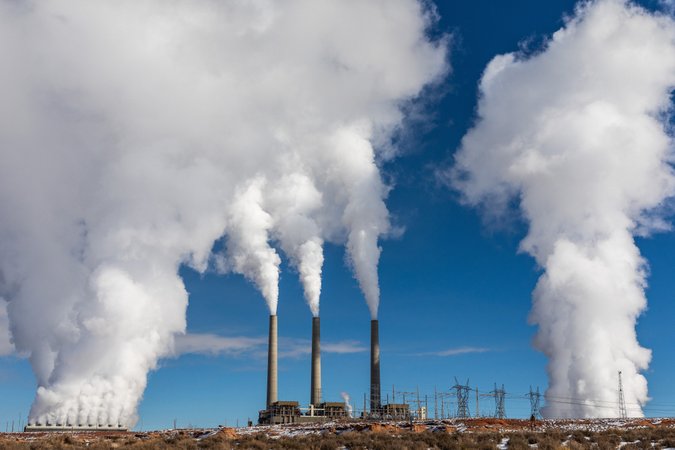Carbon Standards Re-Examined: An Analysis of Potential Emissions Outcomes for the Affordable Clean Energy Rule and the Clean Power Plan
A new analysis calls into question the assumptions and conclusions in EPA’s cost-benefit analysis of the Affordable Clean Energy Rule. They demonstrate that the ACE rule does little to address climate change and is likely to have even greater adverse air quality and health effects in some states than EPA has projected.
Researchers from the Harvard T.H. Chan School of Public Health, Syracuse University, Boston University School of Public Health, and Resources for the Future evaluated the cost-benefit analysis for the US EPA’s Affordable Clean Energy (ACE) rule, known as a Regulatory Impact Analysis (RIA), to determine whether it incorporates the best available information and the conclusions are fully supported. The results are summarized in this working paper.
On June 19, 2019, the EPA repealed the Obama-era Clean Power Plan (CPP) and finalized the ACE rule. The intent of the ACE rule is to establish the Best System of Emission Reduction for carbon pollution from coal-fired power plants, a requirement under the Clean Air Act. The research team evaluated the RIA by undertaking new energy modeling and conducting side-by-side comparisons of EPA’s findings and assumptions with those of other scenarios.
The results from this new analysis call into question the assumptions and conclusions in EPA’s cost-benefit analysis. They demonstrate that the ACE rule does little to address climate change and is likely to have even greater adverse air quality and health effects in some states than EPA has projected.
Key Findings
- In this working paper, we looked specifically at the underlying assumptions in the RIA, which can have a large influence on the agency’s findings and have not been extensively examined by others. We asked two major questions: does the final RIA incorporate the best available information and are the conclusions in the RIA fully supported? On both counts, based on our analysis, our answer is no.
- Our new analysis underscores that EPA should have (1) incorporated relevant policies that have been adopted or have been announced by the Agency as pending; (2) included its full set of heat rate improvement technologies when modeling the impacts of the ACE rule; and (3) evaluated the ACE rule under less favorable market conditions.
- The results of our analysis demonstrate that the ACE rule does little to address climate change and is likely to have even greater adverse air quality and health effects in some states than EPA has projected. Our results also show that the ACE rule is unlikely to achieve the reduction in emissions from 2005 levels that EPA has projected if market conditions worsen.
Authors

Kathy Fallon Lambert

Charles T. Driscoll

Habibollah Fakhraei

Jonathan J. Buonocore

Jonathan I. Levy





